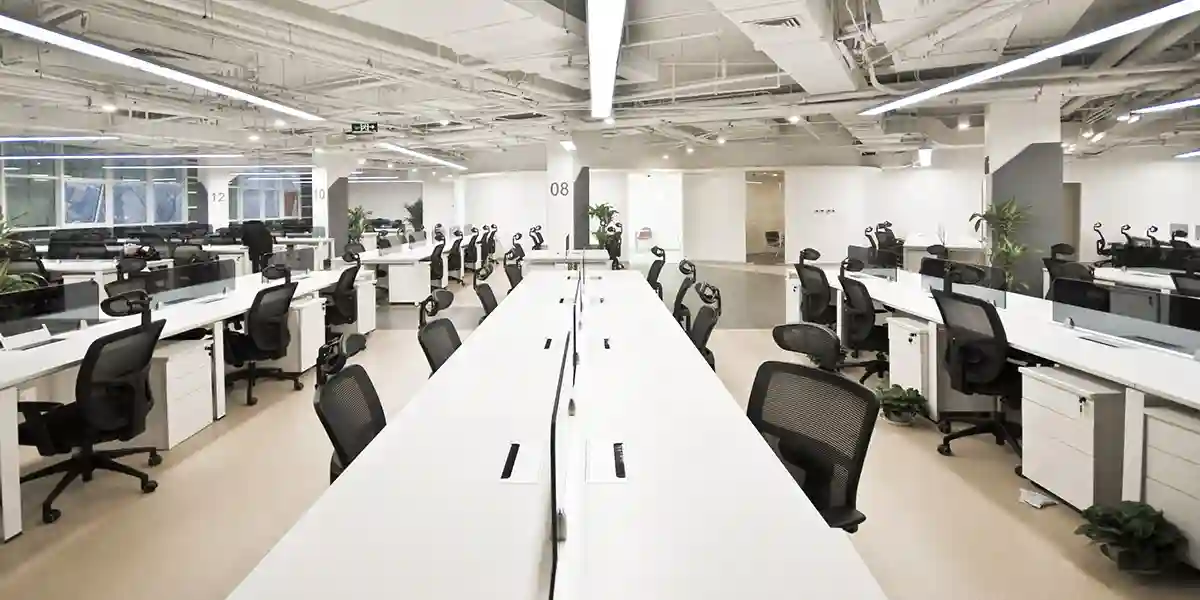One of the best memes I’ve seen lately asks the question, “Who drove your digital transformation? Your CTO, your CIO, or COVID?” When it comes to the sudden rise of the virtual workplace, this couldn’t be more true!
For a decade or so, we’ve been talking about digital transformation. And year after year, we’ve seen the number of people working remotely creep up. But the majority of companies were still holdouts, insisting that the best way to work is in person.
And yet in a matter of a few days, the virtual workplace arrived. About half of American workers suddenly made the shift to a virtual workplace. For some companies, the transition has been smoother than others. But even if it’s a bumpy ride, people are very rapidly adapting.
As one of my friends told me, her law firm had insisted for years that they needed 16 floors of offices for their lawyers. And there would never be a time when they didn’t need an office space for every lawyer on staff.
Now? All 16 floors are deserted. And, having adopted a virtual workplace, the firm is doing just fine.
Whether we thought we were ready or not, we’ve made the switch to the virtual workplace. Whether social distancing ends next week, next month, or next year, it’s unlikely that the workplace will go back to where it was before.
And that’s going to have a significant impact on the leadership development industry.
The difference is adoption
As my colleagues mentioned in a recent podcast about leading virtual teams, the big shift we’re seeing now is not really revolutionary. As the science fiction author William Gibson is famously quoted, “The future is here. It’s just not very evenly distributed.”
Just like we’ve talked about digital transformation for many years, the learning industry has been abuzz with discussion about more virtual options for ages. At DDI, we’ve been doing virtual classroom for more than a decade. But it has typically appealed to companies that needed to address a specific challenge, such as trying to create a common leadership culture among a widely dispersed team.
The barrier to virtual classroom hasn’t been the capability of technology. It’s the belief that technology doesn’t help people bond the way they do in the classroom.
But just as the pandemic caused us to quickly embrace the virtual workplace, we’ve seen a big spike of interest in the virtual classroom. Leaders still need support and development, even more so in these tough times. And no one wants to lose momentum in their existing programs. In fact in a recent webinar with more than 800 L&D professionals, 68 percent of them told us they’re planning to move from face-to-face training to virtual options.
Just as we’re quickly pivoting our businesses, people are ready and willing to adopt new ways of leadership development. While you might have seen resistance in the past, people are quickly accepting that everything is going virtual.
In a DDI 2020 study of more than 15,000 leaders, respondents told us that their weakest skill by far is leading virtual teams. In fact, one in four leaders say they are not effective at leading virtually—double the rate of any other leadership skill.
DDI, The Ultimate Guide to Virtual Leadership
Virtual leadership development must be built on human connection
The biggest mistake we can make in the switch to more virtual learning is turning it completely into self-study. Yes, there’s a place and time for personalized learning at your own pace. And it’s tempting to take the easy route of giving leaders a library of courses to explore. But will your leaders have time to curate the right experience for themselves? And will they all get a consistent experience so they’re in alignment with each other and with the business?
What leaders crave most is the connection with one another. It’s in those moments of connection that learning is truly cemented, especially when it comes to leadership development.
In past weeks, we’ve all had to rely on technology to connect with others. We’ve switched to video chatting with family members, even if they only live five minutes away. People don’t mind that kids and pets are making cameo appearances in meetings. Virtual happy hours are the hottest trend in connecting with your friends. We’ve even gotten used to seeing late night TV hosts get comfortable filming from home.
For some people (especially younger generations), these virtual connections already seemed natural. But the crisis has gotten a lot of others up-to-speed faster. We’re all quickly changing our tunes to be more in line with the virtual world. You don’t have to be in the same room to connect.
We have to build development experiences that create these moments of virtual connections. It’s not enough to simply have leaders learn content through web-based courses. They need the interaction of the virtual classroom, with whiteboards and small breakout rooms. They need facilitators who can engage people on a virtual platform. And you might need to be able to open up schedules outside usual hours to allow for home-schooling or geographic distribution.
For more tips, check out our blog with five critical steps for a successful virtual classroom experience. Or, for a more in-depth look at the virtual classroom, you can view a short video with an inside look or watch our webinar.
But right now, the important thing is that we recognize the opportunity before us.
The opportunity
None of us foresaw a pandemic of this scale occurring. It’s a human and economic crisis that extends to every corner of the world, and the implications will be enormous.
When we look at our industry, it’s a pivotal moment. We know that leaders will need to rely on their leadership skills more than ever in these difficult times. And they’ll need support fast, and it will have to be virtual.
Our options are to put everything on hold and wait for a time when we can go back to the classroom. Or we can forge ahead into the virtual leadership development world. And we may find that it’s not just an alternative. It creates new benefits and connections in a unique way. It also holds deep potential for the future.
We can’t let the moment pass. The digital transformation of learning has been thrust upon us, and our leaders and learners are depending on us to navigate this transformation smoothly. Because this might be our new normal, and we need to be ready.
To learn more about virtual leadership, download DDI's Ultimate Guide to Virtual Leadership.
Tacy M. Byham, Ph.D., is DDI’s Chief Executive Officer and co-author of Your First Leadership Job: How Catalyst Leaders Bring Out the Best in Others.
Topics covered in this blog

